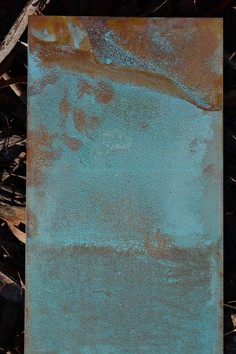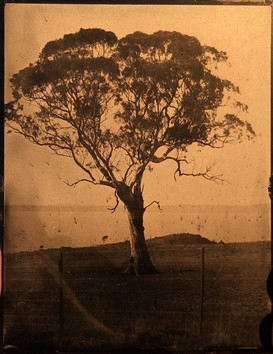Alex Seton
The Great Escape
7 feb. — 4 apr. 2020

7 feb. — 4 apr. 2020
Alex Seton
Alex Seton, Left Turn at Albuquerque, 2017, Duration: 4 minutes, stop motion video
The Great Escape
Alex Seton, Left Turn at Albuquerque, 2017, Duration: 4 minutes, stop motion video
Alex Seton
The Great Escape
7 feb. — 4 apr. 2020
Alex Seton’s sculptural practice resonates a profound dedication to the physical and conceptual agency of marble – his works exhibited internationally and throughout Australia. An exhibition of new work ‘The Great Escape’ uses the landscape and the material of the Wombeyan Caves and quarry as its central tenet. In a part comic-tragic tribute to the home of the material that sparked a lifetime’s fascination with marble carving and sculpture, Seton lays out recreations of places and moments from his obscure childhood memories.
Drawing its title from the 1950 novel by Australian author Paul Brickhill, ‘The Great Escape’ presents works that tell of his parents’ escape to create their own idyllic world at Guineacor Creek; of childhood escape into the bush; of escape into the seemingly magical possibilities of the caves; escape into making, to the subsequent teenage desire of escape to the big city. With large-scale installation works within and outside the Gallery space, the exhibition examines what it is to struggle with and find a sense of place; not just in home, but in form and in material.
With an inquisitive and critical approach to his medium, its history and tradition at large, this show marks the first major solo showing of Seton’s work in Goulburn, close to his childhood home of Taralga.
Read the essay by Naomi Riddle here.
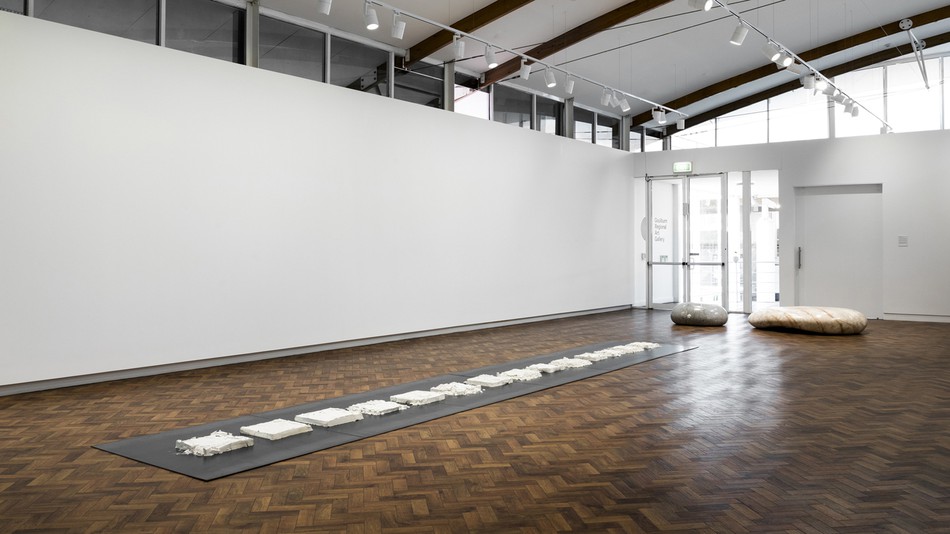
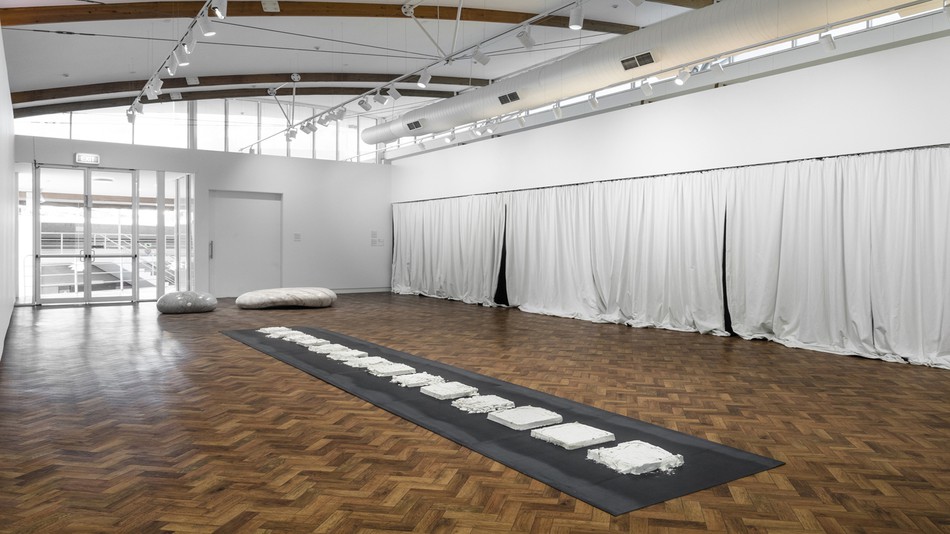
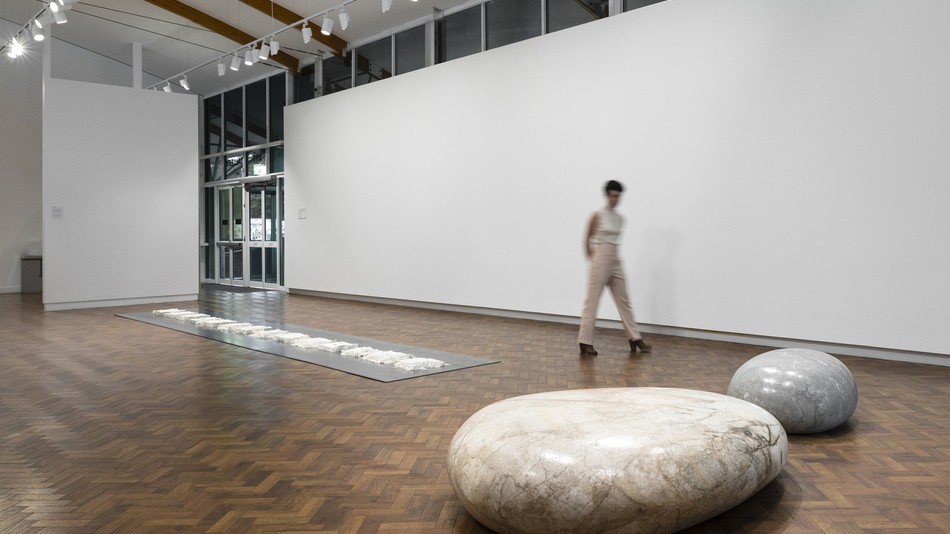

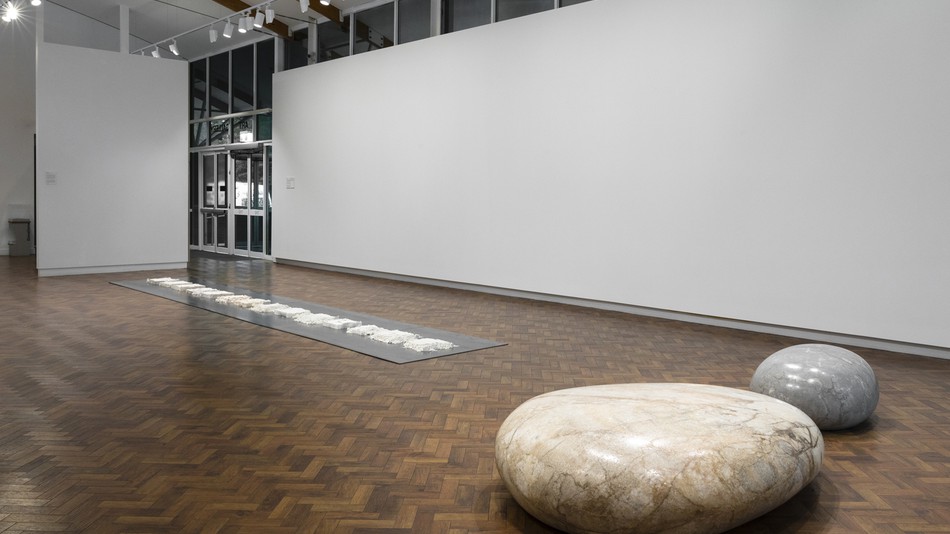

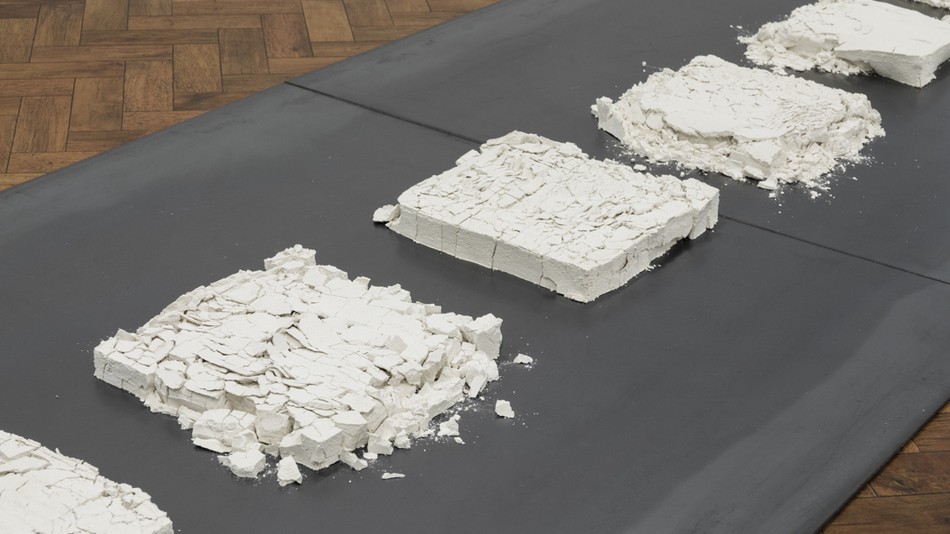
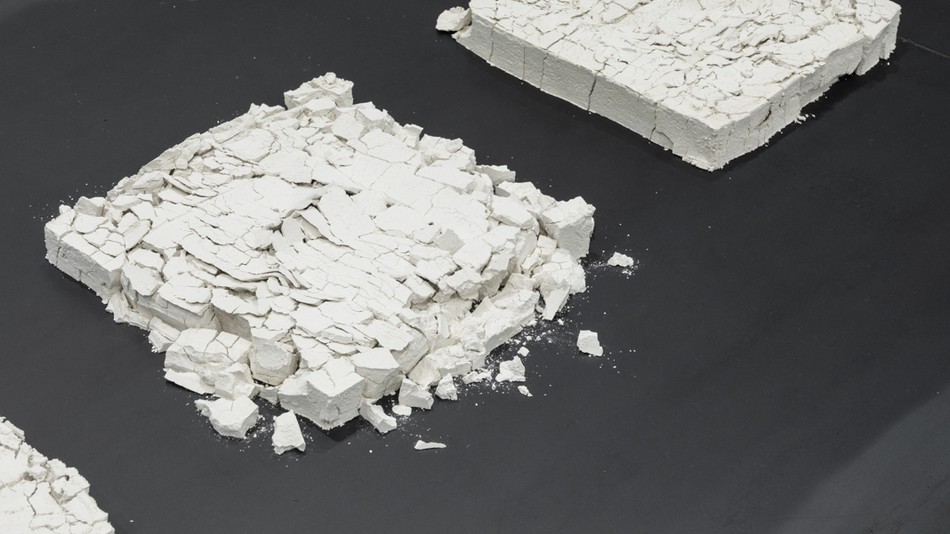
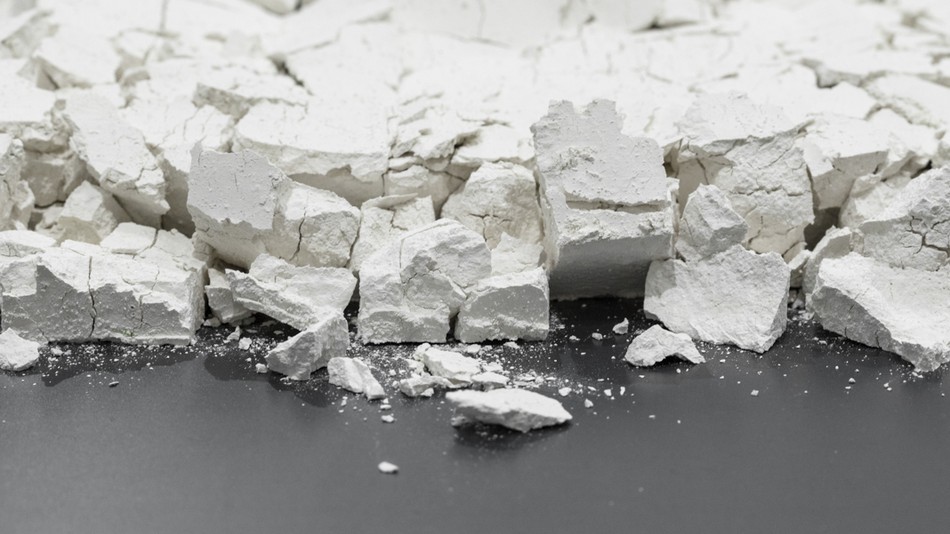
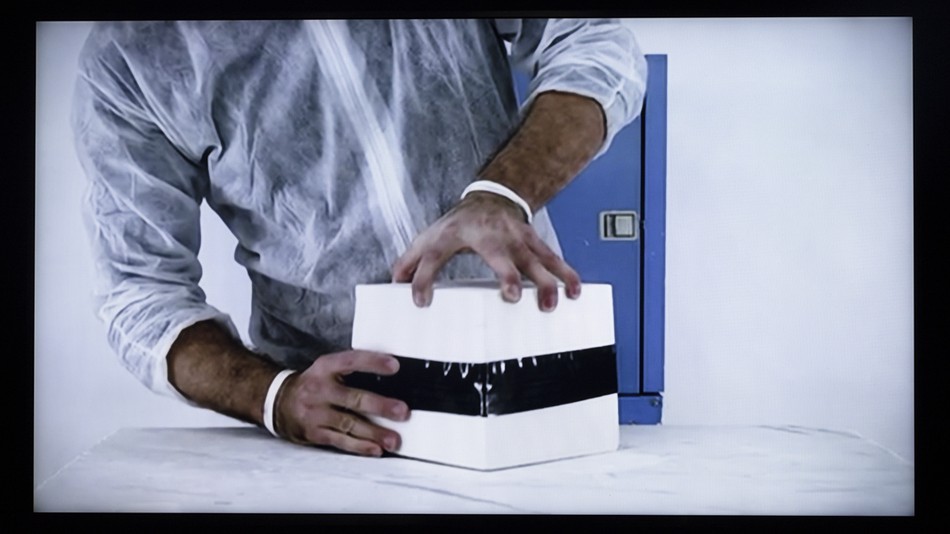

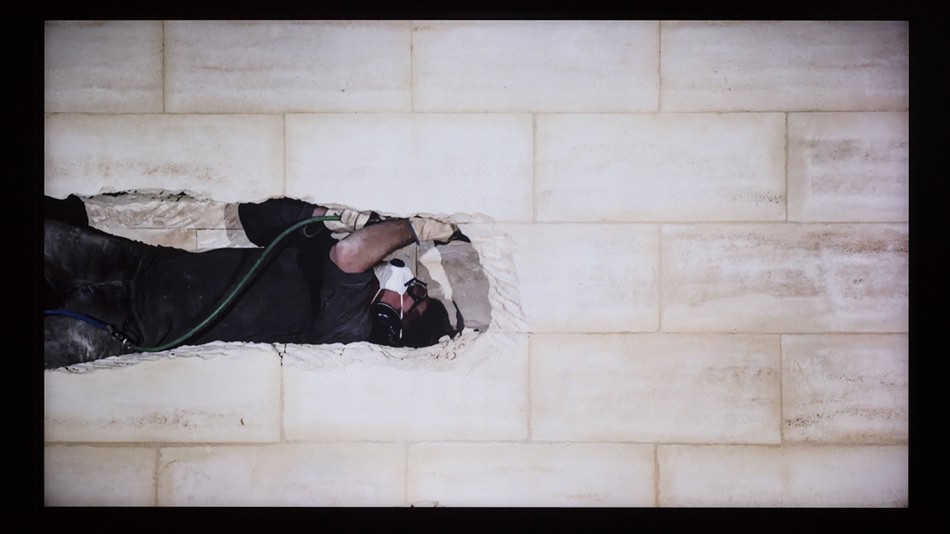
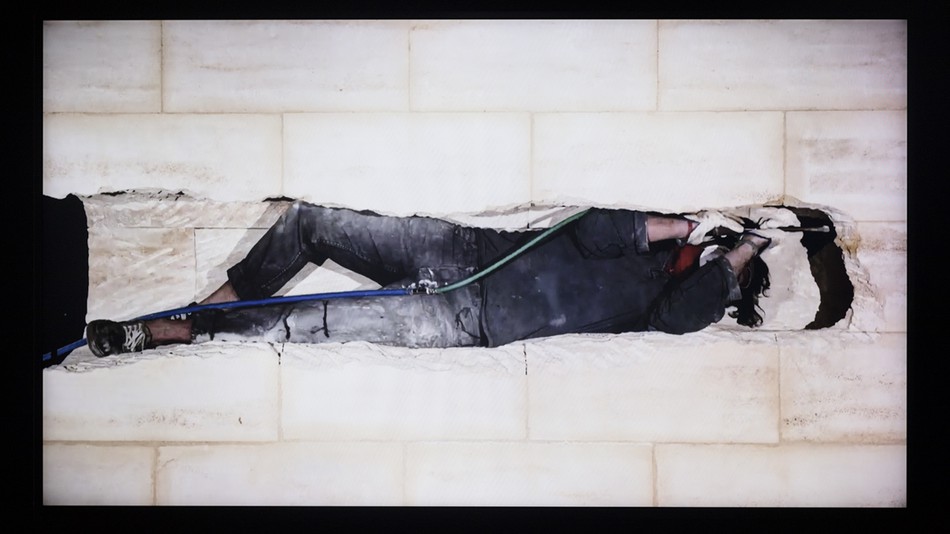
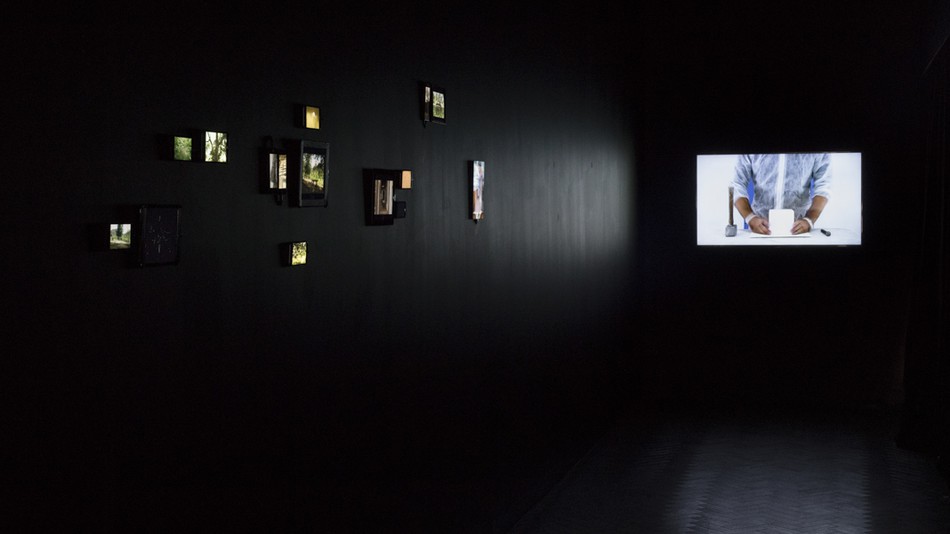

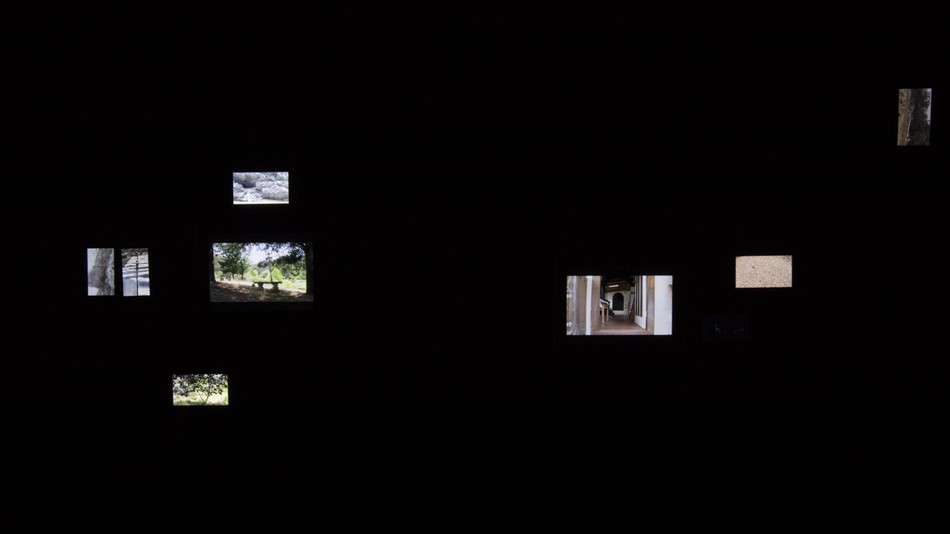

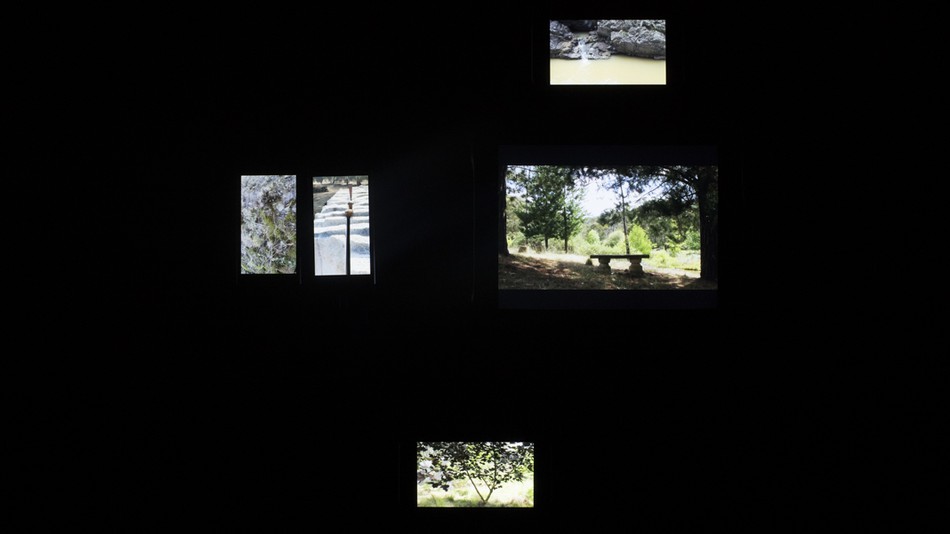
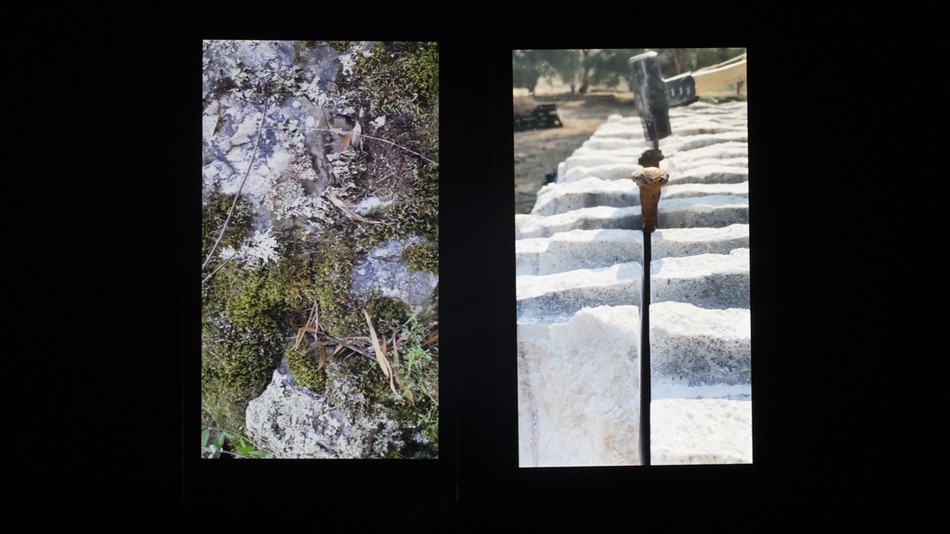
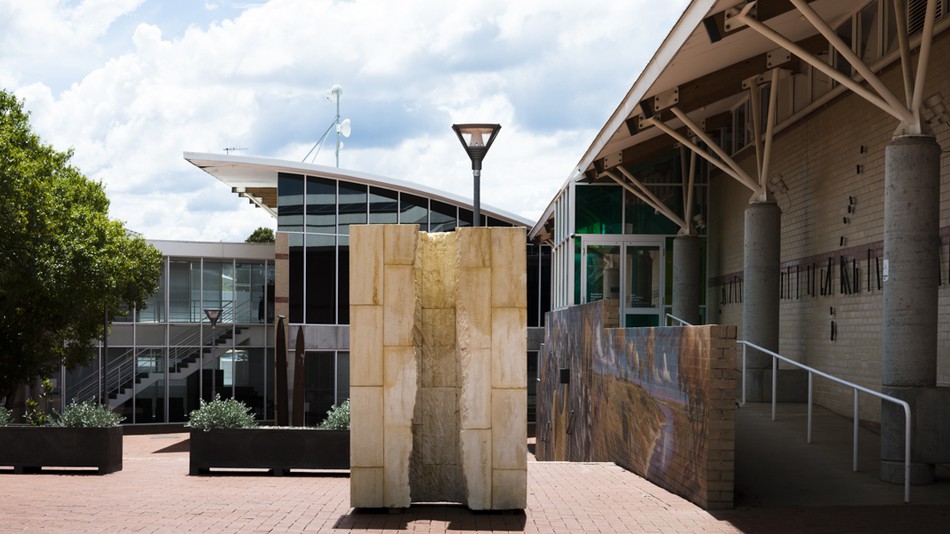
20
Alex Seton, Left Turn at Albuquerque, 2017, Duration: 4 minutes, stop motion video
Alex Seton
The Great Escape
7 feb. — 4 apr. 2020
Alex Seton’s sculptural practice resonates a profound dedication to the physical and conceptual agency of marble – his works exhibited internationally and throughout Australia. An exhibition of new work ‘The Great Escape’ uses the landscape and the material of the Wombeyan Caves and quarry as its central tenet. In a part comic-tragic tribute to the home of the material that sparked a lifetime’s fascination with marble carving and sculpture, Seton lays out recreations of places and moments from his obscure childhood memories.
Drawing its title from the 1950 novel by Australian author Paul Brickhill, ‘The Great Escape’ presents works that tell of his parents’ escape to create their own idyllic world at Guineacor Creek; of childhood escape into the bush; of escape into the seemingly magical possibilities of the caves; escape into making, to the subsequent teenage desire of escape to the big city. With large-scale installation works within and outside the Gallery space, the exhibition examines what it is to struggle with and find a sense of place; not just in home, but in form and in material.
With an inquisitive and critical approach to his medium, its history and tradition at large, this show marks the first major solo showing of Seton’s work in Goulburn, close to his childhood home of Taralga.
Read the essay by Naomi Riddle here.




















20
